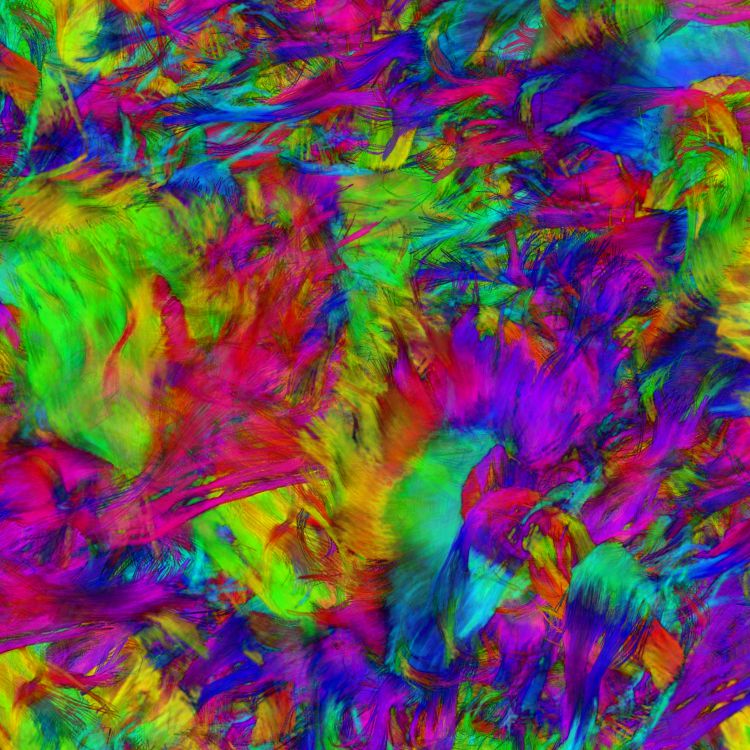
Experts have performed dozens of such studies. Others use another type of brain scan, known as positron emission tomography, or PET. Many brain scientists use fMRI to map brain activity. Chemical messengers - called neurotransmitters - leave the end of one nerve cell and jump across a gap to stimulate the next nerve cell. That boost in blood flow highlights which cells are busy working. Now, when a scientist asks a volunteer to perform a particular task - such as playing a game or learning something new - the machine reveals where blood flow within the brain is highest. It allows the device to detect changes in blood flow. At the heart of every fMRI device is a strong magnet. Scientists can see what part of the brain is active by using functional magnetic resonance imaging, or fMRI. It also helps you figure out where things are located around you. Deep in the brain, the hippocampus helps store memories. Other parts of the cortex (the outer layer of the brain) help process sights and sounds. It’s the region right behind your forehead. Later, these areas will each take on different roles. Just six to seven weeks into the development of a human embryo, the brain starts to form into different parts. Scientists have begun unlocking these secrets of how we learn, not only in huge blocks of tissue, but even within individual cells. And it’s not just nerve cells that shift and change as we learn. Recent data have been showing that the brain continues to change over the course of our lives. But these experts used to think that those changes stopped once the brain matured. Scientists have known that the brain continues to develop through our teenage years.

But exactly how that process happens has long been a mystery. Courtesy of Nathan Spreng/Cornell Universityĭoing something over and over again doesn’t just make it easier. Red shows mind-wandering areas that became more active as the task was mastered. Blood flow decreased in those areas as they became more familiar with the task. Here, blue highlights attention-related areas that had greater blood flow when people first learned a task. Blood flow reveals activity in the brain. The same is true when it comes to learning information - preparing for that quiz bowl, say, or studying for a big test.Īs teachers, coaches and parents everywhere like to say: Practice makes perfect. It is all about steadily mastering new skills. Learning to play an instrument or a sport requires time and patience. Musicians, athletes and quiz bowl champions all have one thing in common: training.


 0 kommentar(er)
0 kommentar(er)
